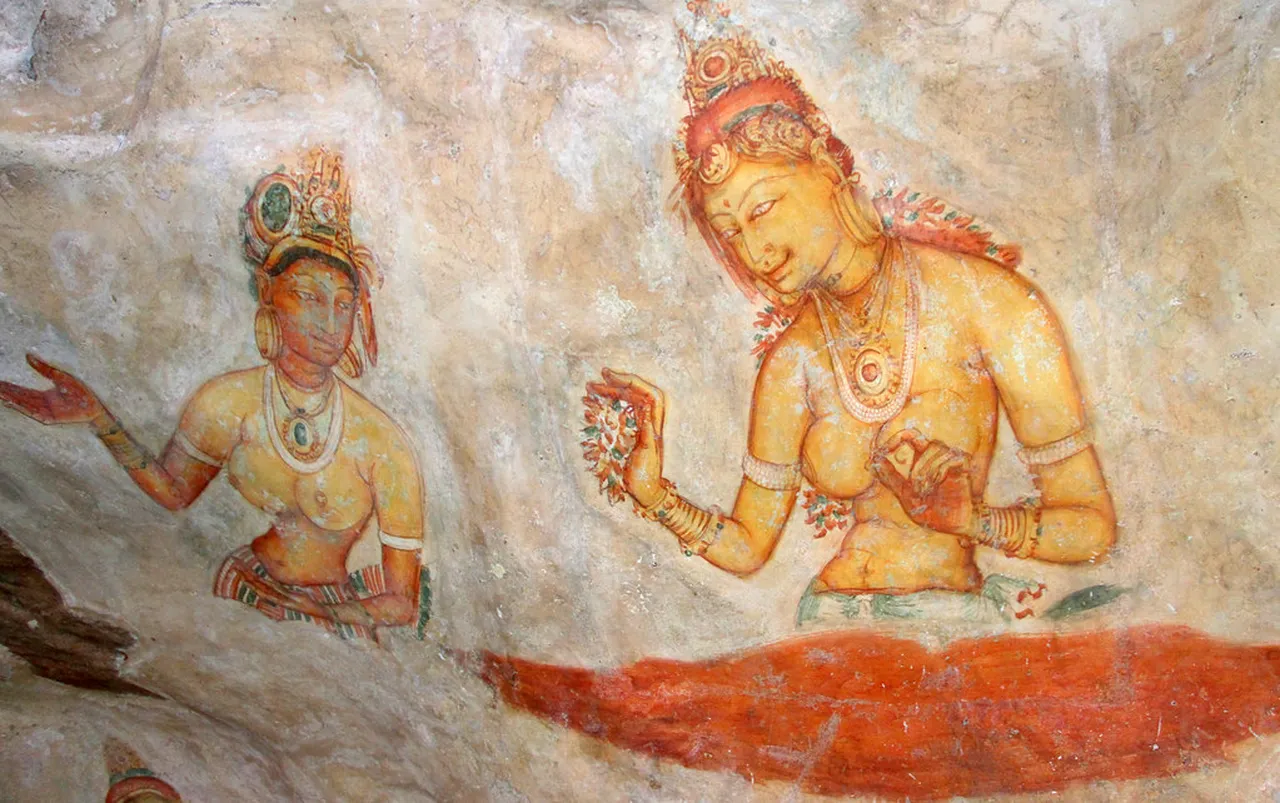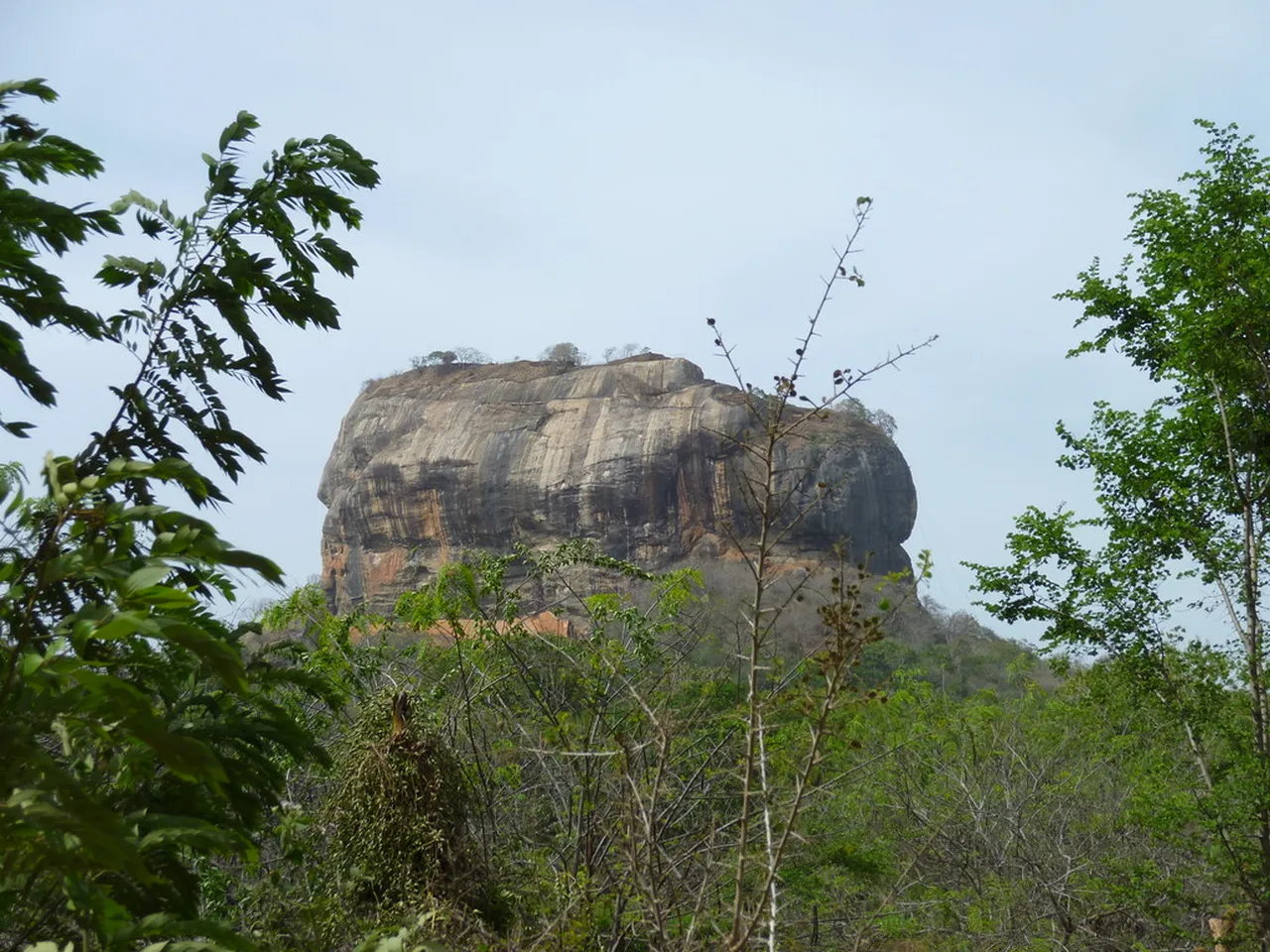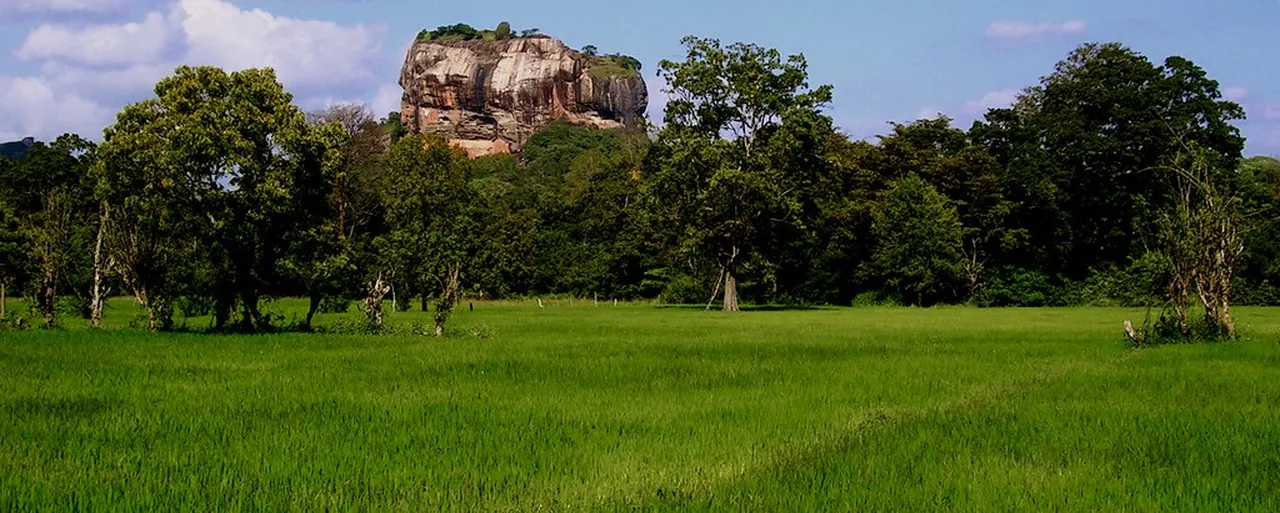
Sigiriya Culture: Unveiling Sri Lanka’s Ancient Heritage
Table of Contents
Sigiriya Culture
Sigiriya culture is a fascinating blend of history, art, and architecture that draws visitors from around the world to Sri Lanka. Known for its stunning rock fortress and intricate frescoes, Sigiriya offers a unique glimpse into the lives of ancient kings and the rich traditions that have been preserved over centuries. In this article, we’ll delve into the captivating aspects of Sigiriya culture, exploring its historical significance, artistic masterpieces, and the local traditions that continue to thrive. Get ready to step back in time and immerse yourself in the splendor of this UNESCO World Heritage Site.
Want to find the best travel deals for this destination? unlock adventure planner with our adventure planning specialist!
1. The History of Sigiriya: A Glimpse into Ancient Kings

The Sigiriya Culture is steeped in rich history, tracing back to the reign of King Kasyapa in the 5th century AD. This rock fortress, often referred to as Lion’s Rock, was designed as a royal citadel. Notably, it mixes exceptional military architecture with artistic finesse. When visiting, you’ll appreciate how Kasyapa transformed Sigiriya into a vibrant city that showcased royal power and artistic mastery.
Moreover, it served as a refuge for the king after he usurped the throne from his father. Despite the turbulent history, Sigiriya’s appeal remains, drawing countless visitors each year. Intriguingly, after Kasyapa’s death, the site transitioned into a monastic complex, illustrating its evolving significance. Thus, every visit to Sigiriya allows you to walk through time, experiencing the legacy of ancient kings.
2. Sigiriya Rock Fortress: Architectural Marvel of the Past

Towering majestically at 200 meters above the surrounding plains, the Sigiriya Rock Fortress stands as a testament to ancient architectural brilliance. The ingenuity behind its construction showcases the advanced engineering techniques of the 5th century. Primarily, the fortress was fortified with walls and gateways made from stone and brick, designed to reflect the strength of the monarchy.
Not only is Sigiriya a military stronghold, but it also incorporates exquisite gardens, ponds, and pathways that harmonize with the natural landscape. Furthermore, the ingenious use of water management systems reveals the sophisticated urban planning of its time. Thus, visiting this architectural marvel is not just a glimpse into the past; it’s an opportunity to marvel at the ingenuity of early Sri Lankan civilization.
3. Exploring the Frescoes: Art That Tells a Story

The exquisite frescoes of Sigiriya are a captivating aspect of its cultural heritage. Nestled in a sheltered cave on the rock face, these ancient paintings depict celestial maidens, showcasing the artistry and creativity of their time. As I observed them, I felt a connection to the past, where each stroke tells a story of beauty and elegance.
Moreover, these frescoes are not merely decorative; they offer insights into the fashion, adornments, and cultural aesthetics of the 5th century. Interestingly, the vibrant colors and detailed expressions make it clear that these artworks were highly valued. Thus, understanding these frescoes is essential for anyone eager to delve deeper into the Sigiriya Culture.
4. The Water Gardens of Sigiriya: Ancient Engineering and Beauty

The Water Gardens of Sigiriya are a remarkable feature that demonstrates the advanced engineering skills of ancient Sri Lankan civilizations. Constructed during the reign of King Kashyapa in the 5th century, these gardens are not only a testament to sheer ingenuity but also to the aesthetic sensibilities of that era.
As you wander through the gardens, you will observe intricate water management systems that utilize both pools and canals to create a stunning landscape. Initially, the gardens were designed for both functionality and beauty, serving as an oasis for the king and his visitors. Additionally, the geometric patterns of the gardens are a sight to behold, capturing the imagination of travelers and historians alike.
Moreover, visiting these gardens offers a serene atmosphere where nature and architecture harmoniously coexist. Thus, make sure to take your time and appreciate the detailed craftsmanship that reflects the Sigiriya culture.
5. Temples and Shrines: Spiritual Significance of Sigiriya Culture
Insider Tip: Get the most out of your Sigiriya visit with guided tours!

The temples and shrines found within Sigiriya are deeply intertwined with the Sigiriya culture and provide insight into the spiritual practices of ancient Sri Lankans. In particular, one can find various shrines dedicated to Buddhist deities, illustrating the strong Buddhist influence that shaped the region’s historical narrative.
One notable feature is the serene Buddha statues, which draw pilgrims and tourists alike. Consequently, these sacred sites are not only places of worship but also of reflection and peace. The spiritual significance of these locations reaffirms their importance in both past and present contexts.
Furthermore, many visitors find a sense of tranquility while exploring these ancient spiritual sites. This atmosphere allows for deeper engagement with the rich history that surrounds Sigiriya, thus enabling a connection between ancient traditions and modern practices.
6. Traditional Sri Lankan Crafts: Handcrafted Treasures from Sigiriya
When exploring the traditional Sri Lankan crafts in Sigiriya, visitors are often enchanted by the incredible skill and artistry on display. Local artisans take great pride in creating handcrafted items that reflect the culture and heritage of the region. For instance, intricate wood carvings and vibrant textiles are ubiquitous in markets throughout Sigiriya.
These crafts tell stories of the past, showcasing techniques passed down through generations. As a result, each piece carries a sense of history and cultural significance. Many artisans also incorporate elements of Sigiriya culture into their work, inviting travelers to connect with the land’s artistic traditions.
Moreover, purchasing these handcrafted treasures not only supports local economies but also helps preserve the unique craftsmanship that makes Sigiriya special. This way, you can take a piece of Sri Lanka’s rich heritage home, ensuring that the beauty of Sigiriya lives on long after your visit.
7. Gastronomic Delights: Local Cuisine of Sigiriya
When exploring the Sigiriya culture, you cannot overlook the local cuisine that tantalizes the taste buds. Traditional dishes often showcase an array of flavors, incorporating spices that are synonymous with Sri Lankan meals. Furthermore, many visitors rave about the experience of enjoying meals made from fresh ingredients sourced from nearby markets.
One must-try dish is rice and curry, which comes in various forms. Typically served with an assortment of vegetable curries and sambols, this dish reflects the vibrant palette of flavors in Sri Lankan cooking. Additionally, street vendors throughout Sigiriya offer delicacies such as kottu roti and hoppers, which are not only delicious but also a fun way to engage with local culinary traditions.
8. Sigiriya Festivals: Celebrating Culture and Tradition
Moreover, the Sigiriya culture thrives during various festivals celebrated throughout the year. These Events beautifully combine rituals, music, and dance to honor local heritage and traditions. Notably, the Vesak Festival, which commemorates the birth, enlightenment, and death of Buddha, is observed with great fervor in Sigiriya.
During this festival, the streets come alive with colorful lanterns, processions, and various cultural performances that depict the area’s rich history. Consequently, engaging in these festivities allows visitors to experience the essence of Sigiriya and connect with the community’s roots.
9. The Role of Sigiriya in Modern Sri Lankan Identity
Insider Tip: Get the most out of your Sigiriya visit with guided tours!
Finally, it is essential to recognize the vital role that Sigiriya plays in shaping modern Sri Lankan identity. Significantly, this site serves as a symbol of pride and resilience for locals. The incredible Sigiriya Rock Fortress stands not only as a UNESCO World Heritage site but also as a testament to the country’s past and cultural legacy.
As such, both locals and visitors celebrate its historical significance and strive to preserve its beauty. Whether through education or tourism, the goal is to ensure that the stories of Sigiriya continue to inspire future generations, fostering a connection to their shared heritage.
10. Wildlife Surrounding Sigiriya: Nature and Culture Intertwined
The rich biodiversity surrounding Sigiriya contributes significantly to the area’s cultural landscape. From the majestic elephants wandering in nearby national parks to the vibrant bird species that grace the skies, the wildlife around Sigiriya plays a crucial role in enhancing the cultural narrative. Moreover, visitors can experience the harmonious relationship between local communities and nature.
One of the most dazzling aspects is Minneriya National Park, where the famous elephant gathering occurs. Thus, visiting during the dry season promises an unforgettable encounter with these gentle giants. Furthermore, the surrounding habitats serve as a reminder of Sigiriya’s ecological importance.
In addition to its natural beauty, wildlife conservation efforts by local communities are worth noting. By collaborating with environmental organizations, the people of Sigiriya work tirelessly to protect their rich ecosystem, highlighting the significance of responsible tourism.
11. Visiting Sigiriya: Tips for an Enriching Experience
When planning your journey to Sigiriya, consider the best time to visit this historical site. The dry season, from December to April, typically offers the most pleasant weather for exploring. Therefore, packing essentials like sunscreen and plenty of water will ensure a comfortable experience.
A guided tour can enrich your visit significantly. Not only will knowledgeable guides share ancient stories, but they will also point out fascinating architectural details often overlooked by casual observers. Furthermore, taking an early morning or late afternoon visit allows you to avoid crowds while soaking in the stunning surroundings.
Lastly, allow yourself time to explore beyond the rock fortress. Sigiriya’s Water Gardens and numerous pathways are ideal avenues for immersing yourself in the area’s tranquility and beauty.
12. Engaging with Local Communities: Embracing Sigiriya Culture
Engaging with the local communities around Sigiriya is an essential part of experiencing its unique culture. Travelers can participate in workshops to learn traditional crafts. From pottery to weaving, you’ll gain insight into the skills passed down through generations.
Moreover, local farms offer opportunities for hands-on experiences. Visitors can partake in Activities such as rice harvesting or cooking classes featuring authentic Sri Lankan dishes. As a result, these interactions not only enhance your experience but also benefit the local economy.
Connecting with locals provides an authentic glimpse into the Sigiriya culture and fosters a deeper appreciation for its customs.
Furthermore, community-led tours can make your visit even more enriching. Hear personal stories while wandering through the verdant landscapes that define Sigiriya’s charm. Ultimately, embracing local culture will leave you with lasting memories.
Sigiriya culture represents not only the architectural brilliance of ancient civilizations but also the vibrant traditions that continue to thrive today. From the majestic rock fortress that stands as a testament to Sri Lanka’s rich history to the colorful local festivals that engage community spirit, Sigiriya is a treasure trove for those seeking cultural depth in their travels. What aspects of Sigiriya culture are you looking forward to exploring? Share your excitement or any experiences you have in the comments below!